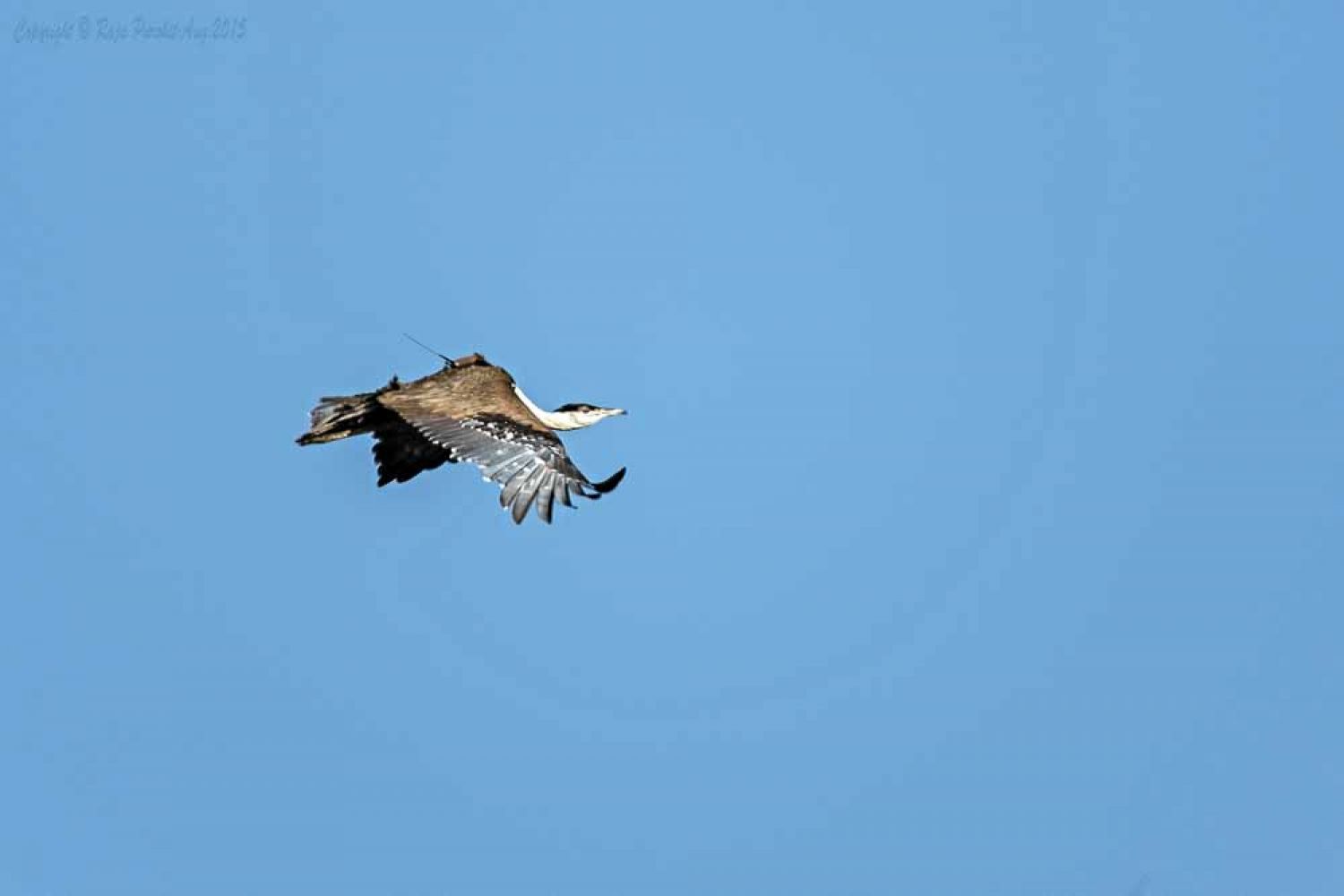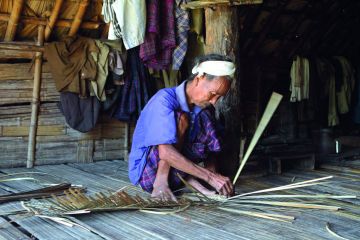
It started with wolves. Bilal Habib was working on his Ph.D.
on wolves in 2002 at the Nannaj Bustard Sanctuary in Solapur, Maharashtra, when
he noticed a flock of 25 Great Indian Bustards (GIBs) in a day. Although not
directly involved in studying the bird, he began to collect information on
flock size and movement. He witnessed what is called their “Lek breeding”, a
practice in which three or four males display for females at different places
in the arena. With their neck pouches (gula





